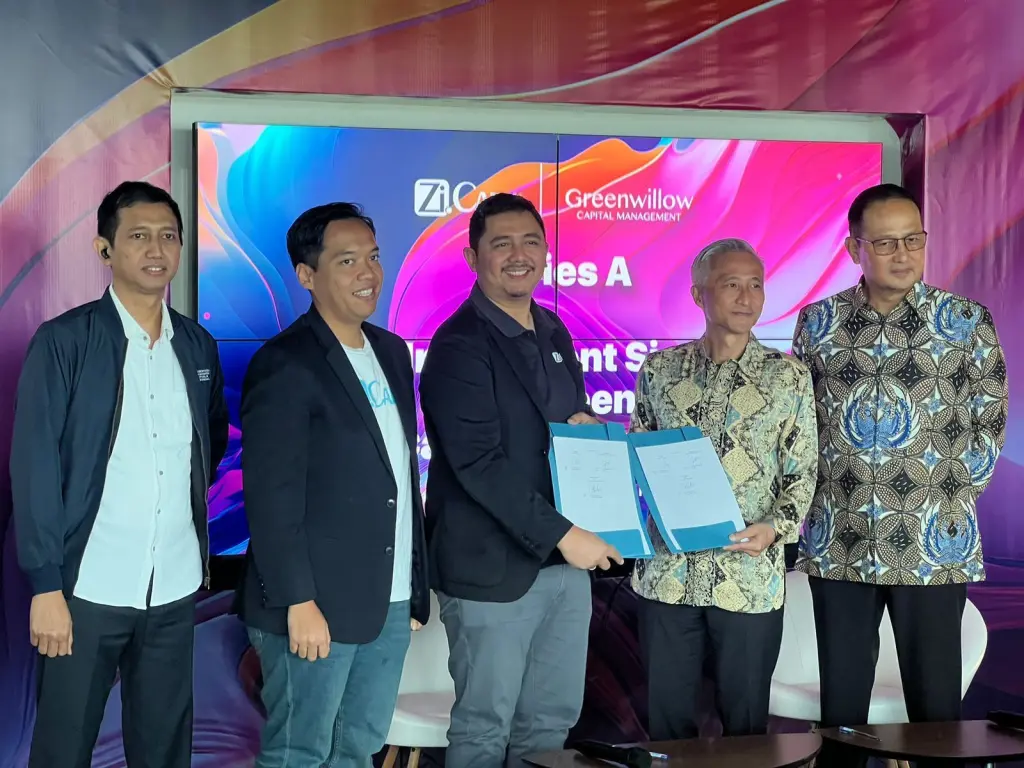 As always when I present any coding lecture, I will stick to my style in this post as well firstly to describe (i) the basic anatomy of the visual system and its connections, (ii) explain how this “machinery” functions to produce vision. (iii) what happens when this “machinery” malfunctions and (iv) end with the appropriate International Statistical Classification of Diseases and Related Health Problems, 10th Revision, 2010 edition, (ICD-10) codes to apply along with any peculiarities and nuances, if any. However, I will be brief as possible with (i), (ii) and (iii) for posts like this one so as not to be too lengthy and burdensome to the reader passing through this website-blog.
As always when I present any coding lecture, I will stick to my style in this post as well firstly to describe (i) the basic anatomy of the visual system and its connections, (ii) explain how this “machinery” functions to produce vision. (iii) what happens when this “machinery” malfunctions and (iv) end with the appropriate International Statistical Classification of Diseases and Related Health Problems, 10th Revision, 2010 edition, (ICD-10) codes to apply along with any peculiarities and nuances, if any. However, I will be brief as possible with (i), (ii) and (iii) for posts like this one so as not to be too lengthy and burdensome to the reader passing through this website-blog.
My plan is to discuss conditions affecting the ocular muscles, disorders of refraction and accommodation, visual disturbances and cover visual impairment and blindness in this post.
We normally gaze with each eye coming to the same point in space, that is to say that the eyes are aligned in the same direction. This is called binocular vision. Coordinated eye movements also allows us the ability to see in 3-D. All this is possible with the aid of the extraocular muscles around the eyes.
Problems arise when there is lack of coordination between eyes where the eyes are not parallel and not aligned with one another. They then prevent the gaze of each eye to enable binocular vision and affecting depth perception (3-D vision). One or both eyes may turn inward, and the patient is cross-eyed. He or she will have double vision and/or there is visual loss in one eye without the ability to see in 3-D. One or both eyes may also turn out, especially seen in paediatric cases.
Conditions affecting the ocular muscles affecting binocular movement include strabismus. Forms of strabismus include esotropia characterised by a turning inward of one or both eyes and exotropia when the eye is turned out.
Strabismus in ICD-10 is part of the disorders of ocular muscles affecting binocular movement. It is grouped under the ICD-10 codes block of H49 to H52. However, the classification of strabismus in ICD-10 is differentiated by the category H50 for all conditions that involves lack of coordination between the extraocular muscles affecting binocular movement and another category H40 which is for conditions caused by the paralysis of the lateral rectus muscle. Within the category H50, ICD-10 provides codes for the different types of esotropia and exotropia, i.e monocular, alternating and intermittent. H51 is the third category for all other disorders of binocular movement.
Myopia, also called nearsightedness and hypermetropia, also called farsightedness are common disorders of refraction and accommodation. Disorders of refraction and accommodation would not be complete if I do not mention here about astigmatism and presbyopia. The category H52 includes myopia, hypermetropia, astigmatism and presbyopia among others.
Many conditions listed under visual disturbances in ICD-10 can be symptoms of another condition, for example vascular disease, diabetes and congenital conditions.
Amblyopia (also known as ‘lazy eye’, is loss of vision in an eye which is otherwise healthy), blurred vision (patient suffers a loss of sharpness of vision and the inability to see small details), diplopia (double vision) causing a patient to see two objects instead of one and scotomas (blind spots) are areas in the field of vision that have been partially altered resulting in an area of partially diminished or entirely deteriorated visual acuity, surrounded by a normal field of vision.
Blurred vision is reported under code H53.8 Other visual disturbances, unlike all the other specified visual disturbances each with a separate ICD-10 code.
Do take note that the code for scintillating scotoma is not found under the subcategory H53.4 Visual field defects along with other types of scotomas, but you will find it is listed under subjective visual disturbances with the ICD-10 code H53.1
Before I go on to relate ICD-10 codes relevant to visual Impairment and blindness, I think it is worthwhile to understand the word perception in relation to the eye.
Martin (2008, p.180) explains that perception “is an internal representation of our external environment.” When a person becomes aware of, knows, or identifies an object by means of the senses (in this case the eyes), this act or faculty of perceiving, or apprehending by means of the senses or of the mind, cognition, and understanding is said to be visual perception. One hypothesis according to Martin (2008) is called ‘what’ vs. ‘how’ which postulates that the visual system is divided into two or more streams of information. The ‘what’ pathway mediates the conscious recognition of objects and scenes. The ‘how’ pathway provides visuospatial information (ability to process and interpret visual information about where objects are in space) directly into the motor systems (the part of the central nervous system that is involved with movement) to guide our actions. Thus, different aspects of visual perceptions such as movement, depth, colour and shape are processed separately.
When a patient lacks in visual perception due to physiological or neurological factors, they are considered to have a form of visual impairment or blindness . Visual impairment is a chronic visual deficit situation when a patient complains that every day functioning is impaired. Eyeglasses or contact lenses cannot correct this impairment.
Total blindness is the other situation when there is a complete lack of form and there is no visual light perception.
Visual impairment including blindness in ICD-10 is classified to H54. A table below H54 gives a classification of severity of visual impairment. The definitions of codes, for example “Visual impairment category 5” is the definition for the code H54.0 Blindness, binocular is referred from this table. From the table, total blindness must be coded to H54.0 since the patient’s vision is deficit due to no visual light perception and because the definition of code H54.0 is “Visual impairment category 5”
In the next post, let’s examine (i) the two categories in the other disorders block of codes, nystagmus and other irregular eye movements and intraoperative and postoperative complications, (ii) conditions affecting the eyes that originate during the perinatal period, and (iii) traumatic injuries of the eye and ocular adnexa.
References:
- Gerard, JT & Bryan, D 2012, Principles of Anatomy & Physiology, 13th edn, John Wiley & Sons, Inc, New Jersey, USA
- Martin, JT 2008, An Introduction to the Visual System, 2nd edn, Cambridge University Press, Cambridge, UK
- Michael, M & Valerie, OL 2012, Human anatomy, 3rd edn, The McGraw-Hill Companies, Inc., New York, USA
- Phillip, T 2012, Seeley’s principles of anatomy & physiology, 2nd edn, The McGraw-Hill Companies, Inc., New York, USA
- World Health Organization 2011, Volume 1 Tabular list, International Statistical Classification of Diseases and Related Health Problems 10th Revision, 2010 edn, Geneva, Switzerland





























